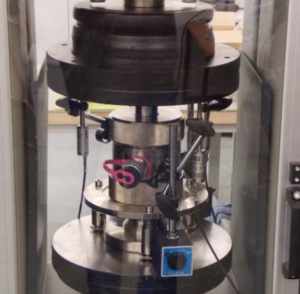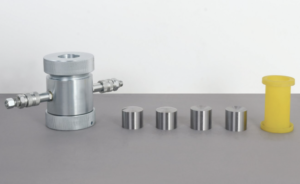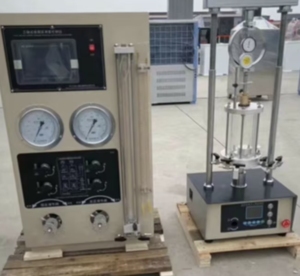Soil Field Testing: Physical Properties of Soil
Understanding the physical properties of soil is critical for any construction, agricultural, or environmental project. Field testing gives engineers and scientists real-world data about how soil will behave under different conditions. These properties—moisture, density, grain size, and shear strength—can determine the success or failure of foundations, roads, embankments, and even crop growth. Let’s dig into the key soil characteristics tested on-site.
Moisture Content and Its Impact on Soil Behavior
Moisture content plays a huge role in how soil reacts to loading, compaction, and environmental changes. Too much water can weaken soil strength1, while too little can make it hard to compact2.
Field Testing Methods:
- Speedy Moisture Tester (Calcium Carbide Method)
- Oven Drying Method (for field labs)
- TDR Probes (Time Domain Reflectometry for instant readings)
| Moisture Condition | Effect on Soil |
|---|---|
| Too Wet | Reduced bearing capacity, instability |
| Optimal Moisture | Best compaction, improved strength |
| Too Dry | Poor compaction, dust issues |
Accurate moisture testing helps adjust field operations like compaction efforts, stabilization measures, and drainage plans.

Soil Density and Compaction Quality
The density of soil after compaction determines its load-bearing capacity3 and resistance to settlement. Field density tests confirm if the soil meets the required compaction specifications4 for the project.
Field Testing Methods:
- Nuclear Density Gauge5 (fast, real-time results)
- Sand Cone Test (ASTM D1556)
- Drive Cylinder Method (for cohesive soils)
| Compaction Target | Typical Standard |
|---|---|
| Road Subgrade | ≥ 95% of Modified Proctor |
| Building Foundations | ≥ 98% of Modified Proctor |
| Earth Embankments | 90–95% depending on design |
Measuring density ensures soil stability, prevents settlement, and supports the longevity of structures.
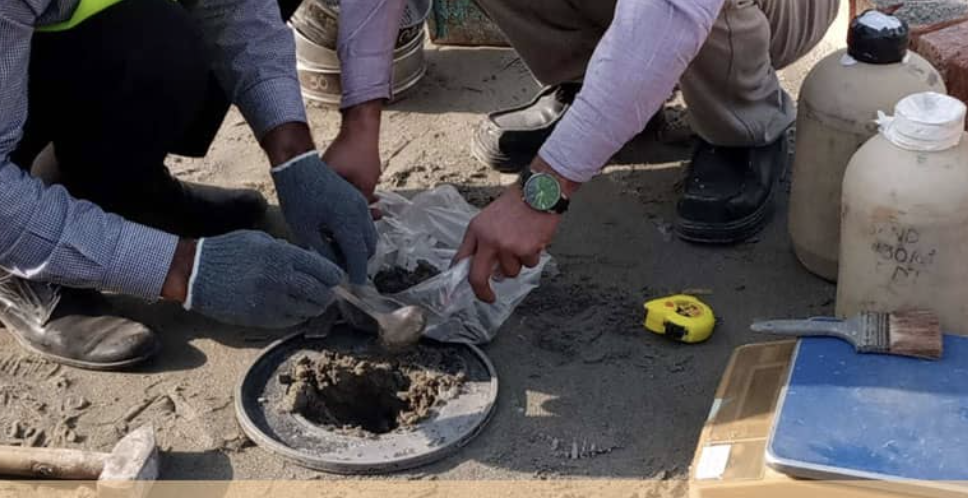
Grain Size Distribution and Soil Classification
Grain size distribution defines whether soil behaves like sand, silt, clay, or a mixture. This affects everything from drainage and strength to settlement and erosion potential.
Field Testing Approaches:
- Sieve Analysis (for sands and gravels)
- Hydrometer Test (for silts and clays in field labs)
| Soil Type | Grain Size Range |
|---|---|
| Gravel | > 4.75 mm |
| Sand | 0.075–4.75 mm |
| Silt and Clay | < 0.075 mm |
Classification systems like the Unified Soil Classification System (USCS) or AASHTO are used to categorize soils based on grain size and plasticity.
Knowing the grain size distribution helps engineers choose foundation types, drainage solutions, and stabilization techniques.
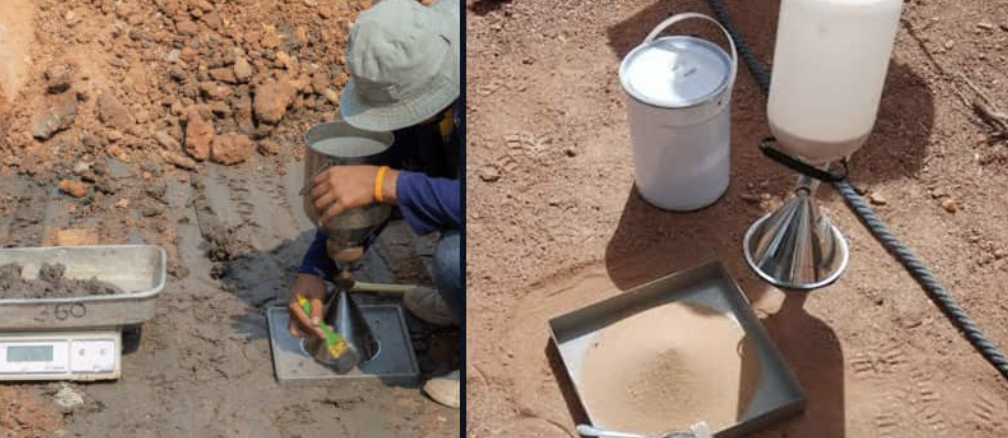
Shear Strength and Stability Assessment
Shear strength determines how well soil can resist sliding or collapsing under load. It’s a critical property for slopes, retaining walls, embankments, and foundation support.
Field Testing Methods:
- Field Vane Shear Test6 (for soft clays)
- Pocket Penetrometer (quick strength checks for cohesive soils)
- Dynamic Cone Penetrometer (DCP)7 (for granular soils and compaction quality)
| Shear Strength Measurement | Use Case |
|---|---|
| Undrained shear strength (Su) | Soft clay stability |
| Friction angle (ϕ) | Sand slope and bearing capacity |
| Cohesion (c) | Clay embankments, earth dams |
Proper shear strength assessment helps prevent landslides, bearing failures, and excessive settlement—saving time, money, and lives.

Conclusion
Field testing the physical properties of soil isn't just a box to check—it’s the foundation of safe, successful, and sustainable construction and land management. From moisture content to grain size, each test reveals something essential about how the soil will behave in the real world. The better we understand these properties, the smarter and stronger our designs will be.
-
Exploring how moisture can weaken soil strength is crucial for construction and agricultural practices. ↩
-
Learning about the factors that make soil hard to compact can improve your soil management techniques. ↩
-
Understanding load-bearing capacity is crucial for ensuring structural integrity in construction projects. Explore this link for detailed insights. ↩
-
Knowing the required compaction specifications helps in achieving optimal soil performance. Check this resource for comprehensive guidelines. ↩
-
The Nuclear Density Gauge is a key tool for quick soil density assessment. Learn more about its operation and benefits through this link. ↩
-
This test is crucial for assessing the strength of soft clays, making it vital for construction projects. Learn more about its methodology and applications. ↩
-
The DCP is key for evaluating granular soils and compaction quality, essential for safe construction. Discover its operation and benefits. ↩


